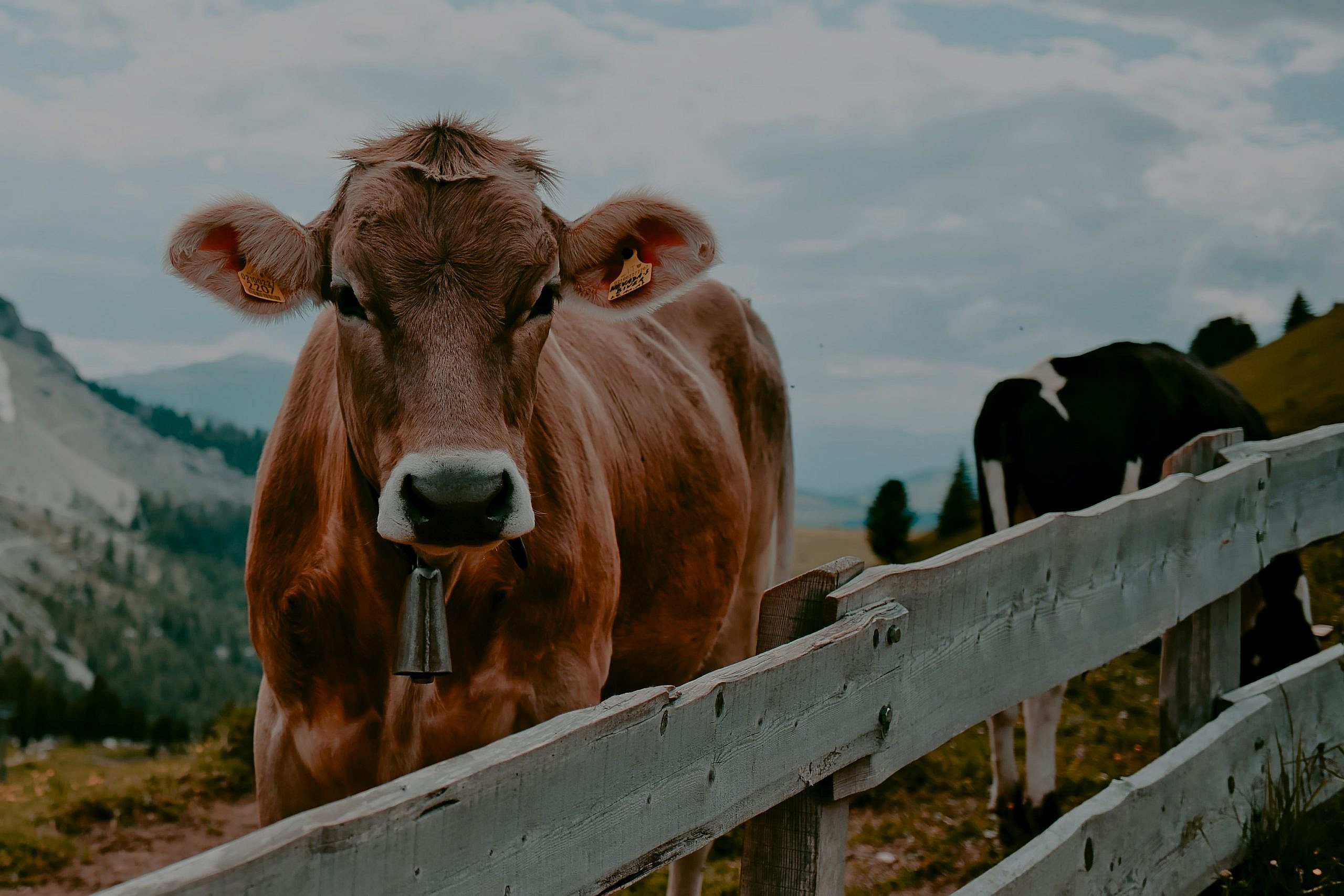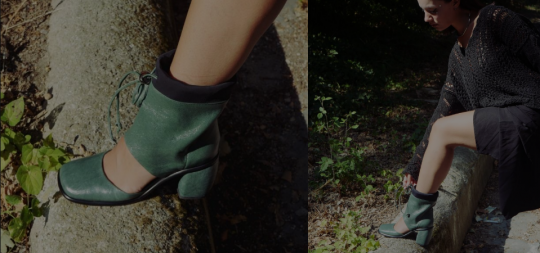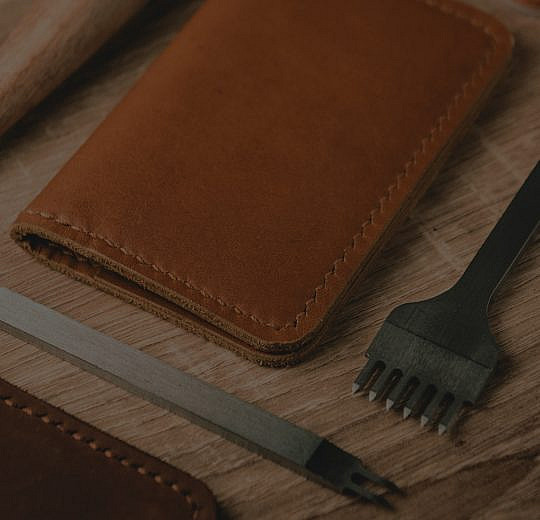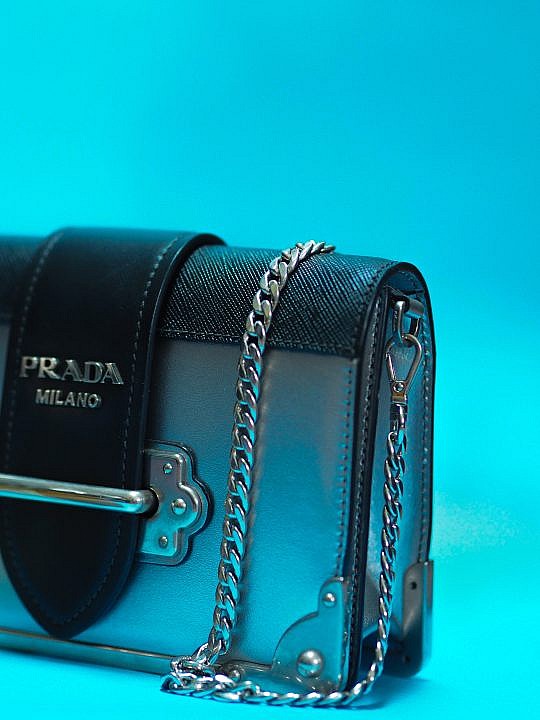There are often claims that wearing and using leather leads to the rearing, and therefore the killing, of more cattle. Here’s why these claims are unfounded.
Research undertaken last year into the US leather industry found the number of cattle reared for meat and dairy would remain the same even if people stopped using leather completely.
Not only that, it would lead to the burning or disposal in landfills of 33million unused US hides generating more than 750,000 metric tons of CO2 emissions every year. Globally this would see 300 million hides wasted and 6.6 million tons of surplus emissions every year.
The report ‘Quantifying the Relationship Between US Cattle Hide Prices/Value and US Cattle Production’ was led by Dr. Gary W. Brester, Professor Emeritus at Montana State University, and leading Agricultural Economist Dr. Kole Swanser, PhD. was commissioned by the Leather & Hide Council of America [L&HCA].
Data showed that despite US hide prices falling by more than 50% over the last 25 years, which indicates a drop in demand, cattle numbers were unchanged.
Dr. Brester said: “The results, tracked over 25 years, tell us that hides are a by-product and exert no direct influence on cattle numbers.”
When he was asked what would happen if people stopped using leather completely, Dr. Brester said: “We would have an environmental problem”.
A full copy of the research report can be downloaded here.








